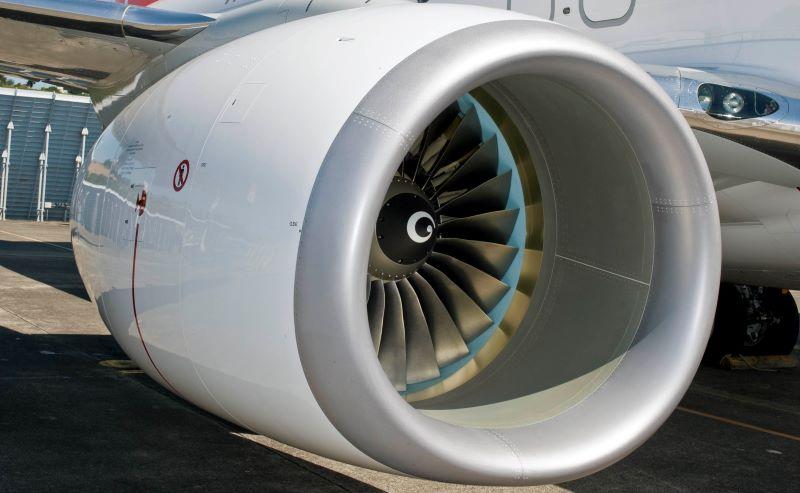
CFM56 engine
Credit: Boeing
The recent trend that has new engine spare-parts prices increasing around 10% per year seems set to continue for at least a bit as manufacturers leverage strong demand for lift and supply-chain bottlenecks to boost aftermarket sales. Both GE and Safran, 50-50 partners in CFM International, pushed...
Subscription Required
Parts Price Hikes Help Boost Safran, GE Aftermarket Sales is published in Aviation Daily, an Aviation Week Intelligence Network (AWIN) Market Briefing and is included with your AWIN membership.
Already a member of AWIN or subscribe to Aviation Daily through your company? Login with your existing email and password
Not a member? Learn how to access the market intelligence and data you need to stay abreast of what's happening in the air transport community.





